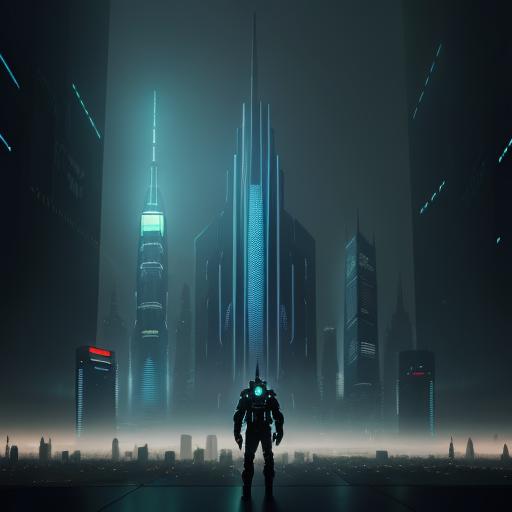The internet is a vast, sprawling landscape of information, entertainment, and, increasingly, art. But can we truly consider one of its most ubiquitous and often absurd creations—the meme—to be a form of art? It’s a question that might seem ridiculous at first glance, conjuring images of simple image macros with blocky text. However, a deeper look at the cultural role, creative process, and communicative power of memes reveals a surprising and compelling argument for their artistic merit.
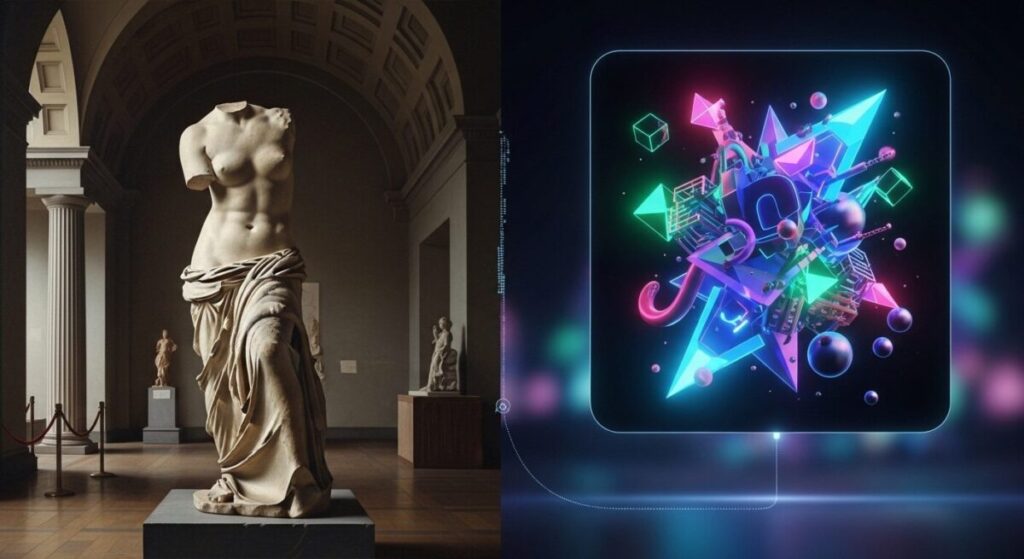
Key Point Summary
- Expanded Definition of Art: The definition of art has evolved to include new media and digital forms of expression, following precedents set by artists like Marcel Duchamp.
- Memes as Creative Expression: Memes are a form of digital collage, where new meaning is created by combining existing images with new text, demonstrating creativity and recontextualization.
- Social Commentary: Memes function as a powerful form of social and political critique, acting as a shared language for a community to process and comment on current events.
- The Case Against: Critics argue memes art lacks originality, is ephemeral, and often trivial. The ease of creation can be seen as a lack of deliberate artistic skill.
- Notable Creators & History: While often anonymous, some memes have recognized creators, and the medium has a rich history, with key moments and figures who shaped its evolution.
- Fascinating Facts: Memes have a history that predates the internet, have sold for millions as NFTs, and are now a subject of academic study.
The Evolving Definition of Art
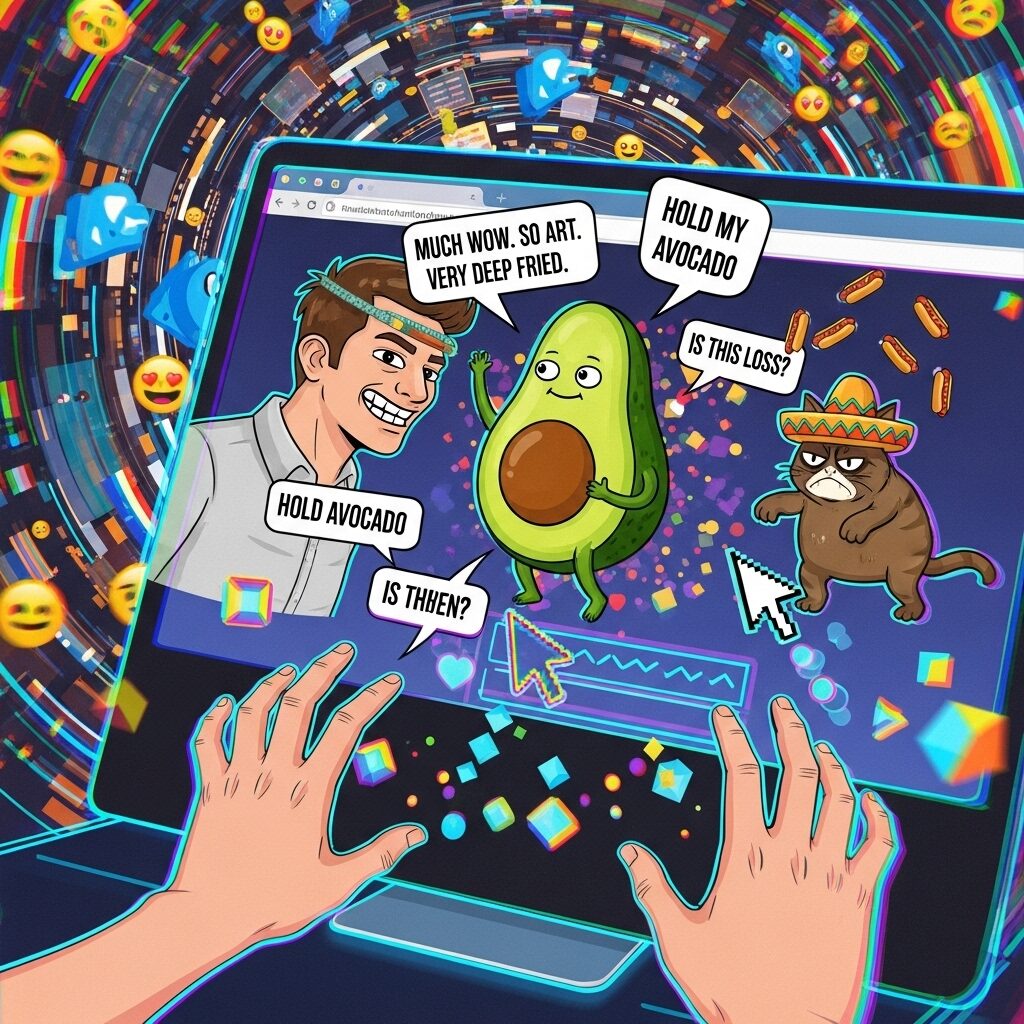
For centuries, art was largely defined by technical mastery, permanence, and the intention of a singular, recognized artist. The painting of a Renaissance master or the sculpture of a classical sculptor fit this mold perfectly. But the 20th century, with figures like Marcel Duchamp challenging the establishment with “found objects” like a urinal he titled Fountain, blew the doors wide open.
This act declared that art wasn’t just about creating a beautiful object; it was about an idea, a statement, and the artist’s power to recontextualize the everyday. In the digital age, this definition has expanded even further. The rise of new media art, digital photography, and online performance art has established the internet as a legitimate canvas. If a video of a cat playing a piano can be a cultural phenomenon, why can’t a cleverly captioned image?
The Case for Memes as Art
The case for memes art is built upon several pillars of creative expression. First is the inherent creativity and expressive power in their creation. While many memes are based on templates, the cleverness lies in the unique combination of a specific image with new text to convey a novel idea or emotion. This is a form of digital collage or montage. The creator, often anonymous, becomes a curator of culture, taking a well-known image and infusing it with a new layer of meaning. The meme, in this sense, is not just a copy; it is a creative transformation of an existing cultural artifact.
Furthermore, memes are a powerful form of social commentary. They act as a digital mirror, reflecting our shared experiences, anxieties, and humor back at us. A viral meme about a political event or a social trend can communicate a complex idea with more immediate impact than a lengthy opinion piece. This ability to capture and distill the collective consciousness is a hallmark of great art. Think of the viral memes that emerged during the early days of the pandemic; they provided a shared language for our collective uncertainty and were a crucial outlet for processing a global crisis through humor. They are a form of folk art for the digital age—created by the people, for the people.
Aesthetic and Compositional Choices
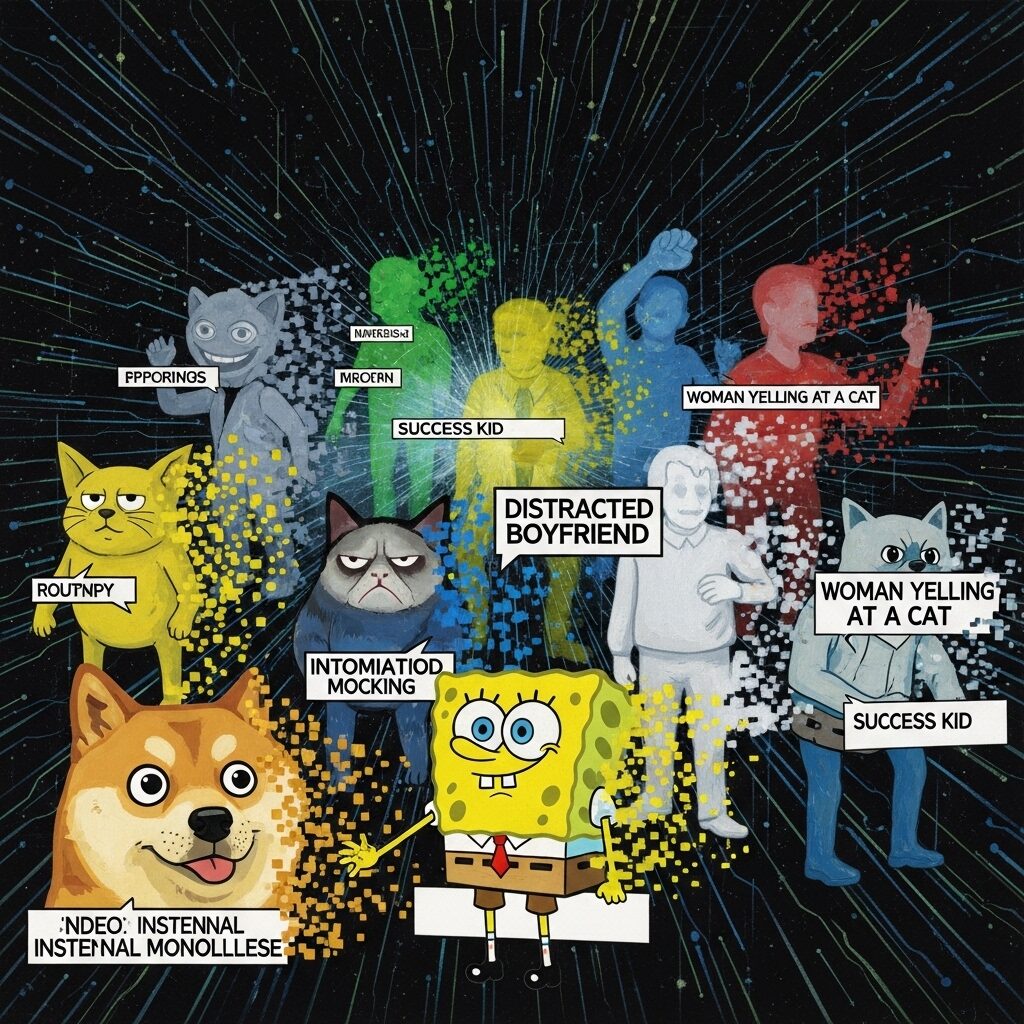
The aesthetic and compositional choices in a meme, though often simple, are also intentional. The classic “Impact” font, for example, is not an accident; its bold, white lettering with a black outline makes it readable on almost any background. The framing of an image, the choice of a specific facial expression, or the juxtaposition of two seemingly unrelated images all contribute to the final artistic product. While this may not be the technical draftsmanship of a classical painter, it is an aesthetic language nonetheless, one that is instantly understood by a global, online community.
The Case Against Memes as Art
Of course, a strong argument can be made against the idea of memes art. The most common critique is their lack of originality. The vast majority of memes are built on pre-existing images, videos, or templates. The creator doesn’t make the canvas; they simply add the paint. This reliance on reuse, critics argue, prevents them from being truly original works.
The ephemeral nature of memes also works against them. A meme’s lifespan is often fleeting, its humor and relevance tied to a specific moment in the news cycle or a short-lived trend. Can something so temporary be considered timeless art? The answer, for many, is no. Additionally, memes are often criticized for their trivial or lowbrow content, focusing on simple jokes or viral trends rather than profound emotional or intellectual ideas. The democratic and anonymous nature of their creation, while a strength for some, also means they lack the deliberate intention and technical skill typically associated with art.
The Meme Generator as a Creative Canvas
So, where does a tool like our meme generator fit into this debate? It is precisely this type of tool that elevates the creative process and underscores the artistic potential of the medium. A meme generator functions as a digital canvas, providing the essential tools for a new kind of creative expression. The ability to upload your own image and use a variety of text controls transforms a passive consumer of memes into an active creator. The user becomes the artist, with the controls for text, font size, and color acting as their brushes and paints. The option to generate a brand new, unique background further emphasizes this point, allowing for a truly original creative starting point.
Elegant Meme Generator
Create stunning memes with style and creativity
Generated Background
Create dynamic backgrounds without an API key
Upload Image
Upload your own image
Top Text
Bottom Text
Using a tool like this, you are not just slapping text on a picture; you are making intentional choices about visual composition and emotional tone. What font size best communicates your point? What color should the text be to stand out against the background? Where should the text be placed for maximum impact? These are all artistic decisions. The finished product—the meme—is the culmination of these choices. It’s a piece of digital art that is a direct expression of the creator’s wit, insight, and aesthetic judgment. It’s a democratization of the artistic process, allowing anyone with an idea and a tool to become a creator.
Notable Creators and Contributions to Meme Art
| Name / Handle | Contribution | Description |
|---|---|---|
| Grumpy Cat (Tardar Sauce) | The “Grumpy Cat” meme | While a cat, her owner, Tabatha Bundesen, created and popularized her persona online, making her one of the most recognizable meme figures in history. |
| Doge (Kabosu) | The “Doge” meme | Another animal star, this Shiba Inu became the face of a meme known for its quirky, internal monologue and Comic Sans text. The meme’s virality was driven by countless anonymous users. |
| Know Your Meme | Meme archiving and documentation | This website functions as a digital museum for meme culture. By documenting the origin, spread, and evolution of memes, it provides a crucial historical record of this ephemeral art form. |
| 4chan | Ground zero for many memes | Though not a single artist, this anonymous imageboard is the birthplace of countless iconic memes, including Pepe the Frog, which later evolved into a symbol with complex and often controversial meaning. |
| Cyrus the Great (Instagram) | Surrealist and Absurdist memes | An example of a modern, popular meme account that has built an artistic style around surreal and bizarre image combinations, pushing the boundaries of what a meme can be. |
Fascinating Facts About Memes
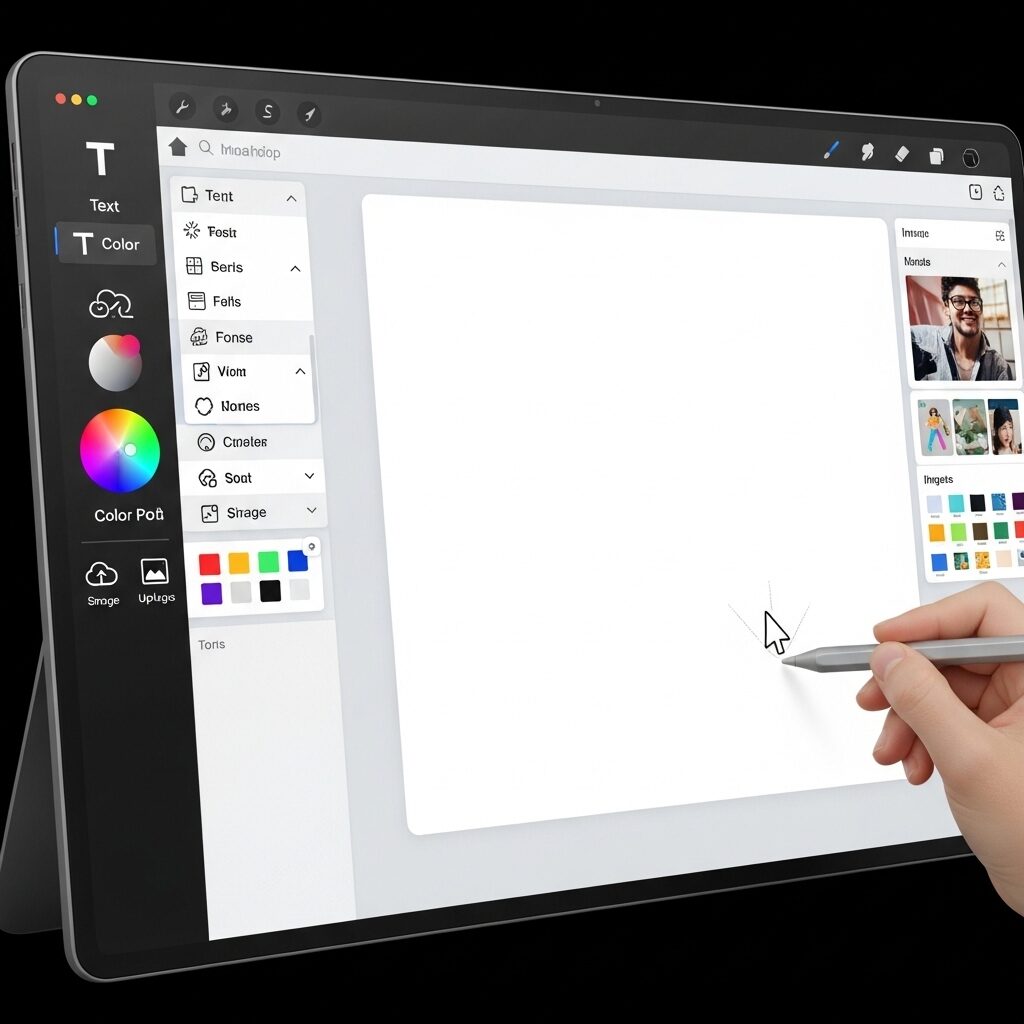
- The Original “Meme” predates the internet. The term was first coined by evolutionary biologist Richard Dawkins in his 1976 book The Selfish Gene. He used it to describe a unit of cultural transmission—an idea, behavior, or style that spreads from person to person.
- The first viral meme was a dancing baby. “Ooga-Chaka Baby” was a 3D animated GIF of a baby dancing to “Hooked on a Feeling.” It went viral in 1996 via email chains before the modern internet as we know it.
- A meme sold for over $4 million as an NFT. The famous “Doge” meme, featuring the Shiba Inu named Kabosu, was sold as a non-fungible token (NFT) for 1,696.9 Ethereum, which was worth over $4 million at the time.
- Meme culture has its own language. Phrases like “I can has cheezburger?” and “All your base are belong to us” have become part of a shared, inside-joke lexicon. This shared language reinforces community and a sense of belonging.
- Memes are studied by academics. Researchers in fields like sociology, linguistics, and media studies now analyze memes to understand cultural trends, social behavior, and the evolution of digital communication.
FAQs (People Also Asked)
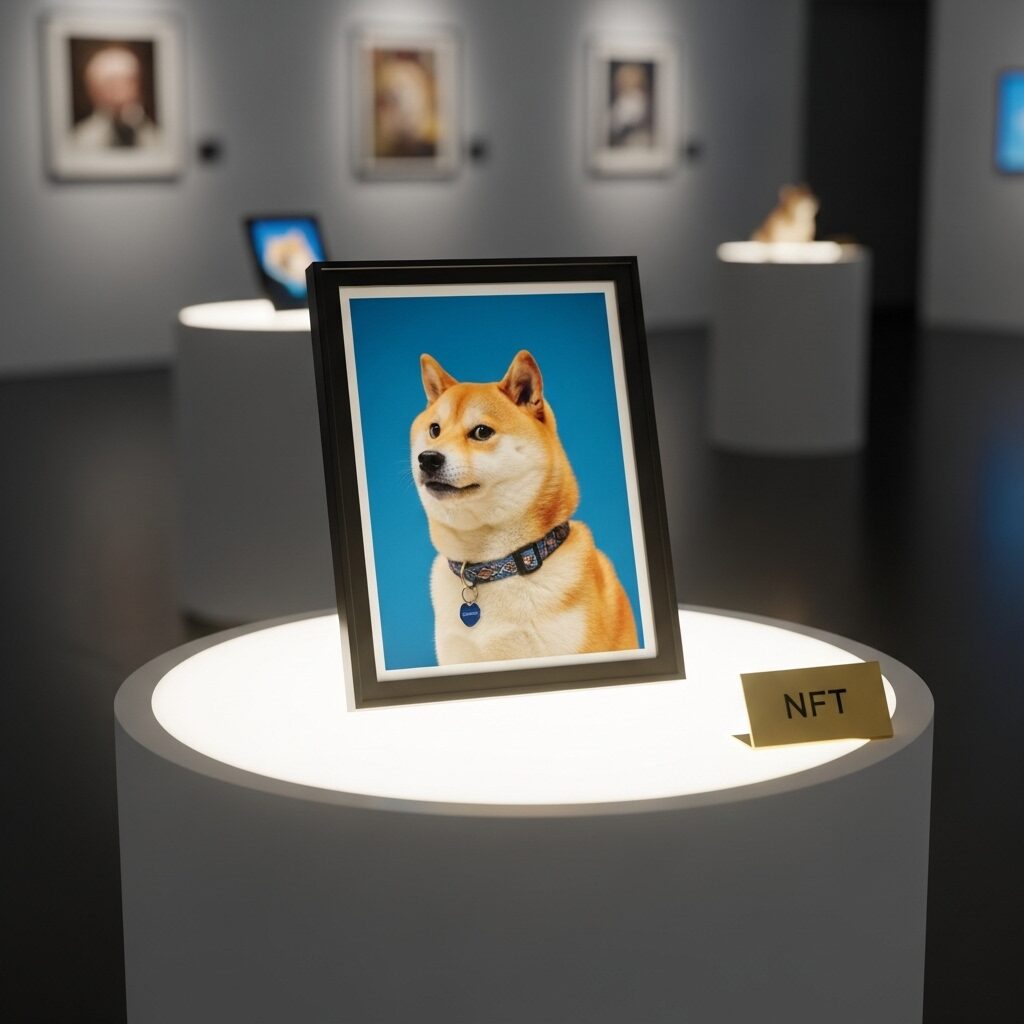
Q: What is the origin of the term “meme”?
A: The term “meme” was coined by evolutionary biologist Richard Dawkins in his 1976 book The Selfish Gene. He used it to describe an idea, behavior, or style that spreads from person to person within a culture, drawing a parallel to how genes spread in biology.
Q: Is a meme a copy of an original idea? A: Memes are often based on existing ideas or images, but their creative power comes from the transformation of that idea. By adding new context, humor, or commentary, a creator gives the meme a new and unique life, making it a derivative work rather than a simple copy.
Q: Can memes be used for good? A: Yes. Beyond humor, memes have been used effectively for social movements, public awareness campaigns, and community building. Their ability to quickly communicate complex ideas makes them a powerful tool for activism and positive change.
Q: Are memes becoming more important in our culture? A: As our lives become more digitized, memes are increasingly becoming a central part of how we communicate, share information, and connect with others. They are a reflection of our cultural zeitgeist and play a significant role in shaping online conversations.
Conclusion
In conclusion, while not every meme is a masterpiece, the medium of the meme itself is a legitimate and powerful form of artistic expression. They are the folk art of the digital age, a collective canvas upon which we project our shared humor, anxieties, and cultural observations. They are ephemeral yet impactful, trivial yet profound. Just as Duchamp’s Fountain forced the art world to reconsider its rigid definitions, memes force us to acknowledge that art can emerge from anywhere, at any time, in any format. They are a testament to the power of human creativity to find new and innovative ways to express itself, even within the most fleeting and chaotic corners of the internet.


